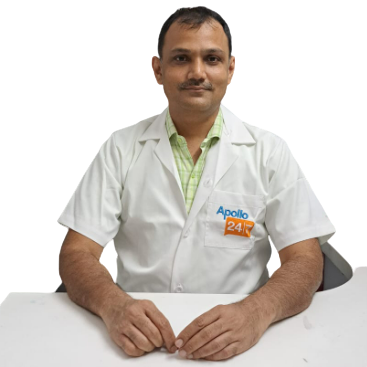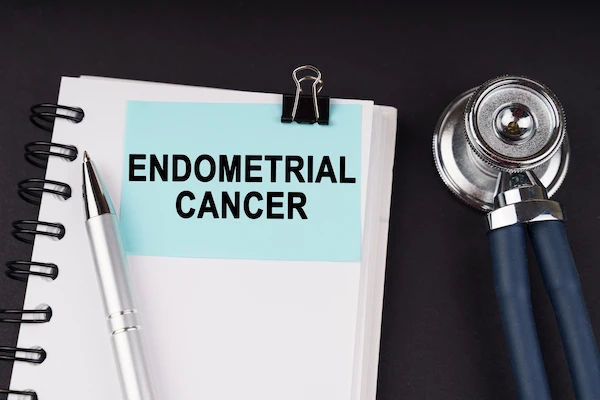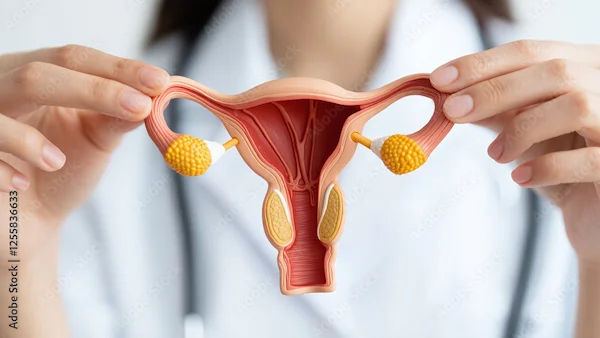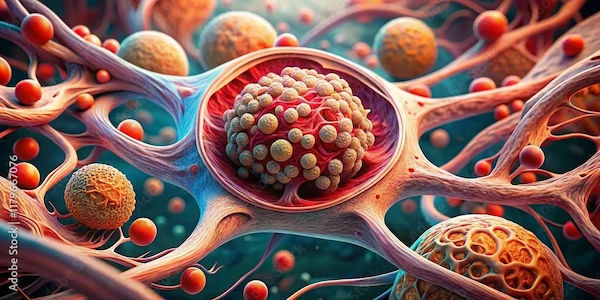Hysterectomy And Bladder Sling Surgery Recovery
Discover what to expect during hysterectomy and bladder sling surgery recovery, including healing timelines, common symptoms, and essential tips for a smoother, safer recovery journey.

Written by
Last updated on 3rd Jul, 2025
Introduction
Undergoing a hysterectomy (removal of the uterus) and bladder sling surgery (to treat urinary incontinence) can be a life-changing experience. While these procedures can greatly improve your quality of life, recovery requires patience and proper care. This article will guide you through what to expect, how to manage recovery, and tips to heal faster.
Understanding the Surgeries
Hysterectomy and Bladder Sling Surgery offers a clear insight into these two common gynaecological procedures, shedding light on their purposes, processes, and what patients can expect during recovery.
1. Hysterectomy
A hysterectomy removes the uterus and sometimes the cervix, ovaries, or fallopian tubes. It is done to treat conditions like:
Fibroids
Endometriosis
Heavy bleeding
Uterine prolapse
Cancer
2. Bladder Sling Surgery
A bladder sling (or mid-urethral sling) is a small mesh tape placed under the urethra to support it and prevent urine leakage (stress incontinence).
What to Expect After Surgery?
Things to expect after the surgery are as follows:
1. Immediate Recovery (First Few Days)
You may stay in the hospital for 1-3 days, depending on the type of surgery (open, laparoscopic, or robotic).
You’ll have pain and discomfort, which can be managed with prescribed medications.
A catheter may be placed temporarily to help with urination.
Some vaginal bleeding or spotting is normal.
2. First Few Weeks
Rest is essential. Avoid lifting heavy objects, bending, or strenuous activities.
Walking gently helps prevent blood clots and aids recovery.
Swelling and bruising around the abdomen are common.
Constipation may occur due to pain medications. Drink plenty of water and eat fibre-rich foods.
3. Long-Term Recovery (6-8 Weeks and Beyond)
Full recovery can take 6-12 weeks, depending on the type of surgery.
No sexual intercourse for at least 6 weeks (follow your doctor’s advice).
Avoid heavy exercise until cleared by your doctor.
Bladder sling recovery may involve temporary urinary urgency or difficulty emptying the bladder.
Consult Top Specialists for Personalised Tips
Tips for a Smooth Recovery
Some of the tips for a smooth recovery are:
1. Follow Doctor’s Instructions
Take prescribed medications (pain relievers, antibiotics).
Attend follow-up appointments.
2. Manage Pain and Discomfort
Use a heating pad (low setting) for abdominal pain.
Wear loose, comfortable clothing to avoid pressure on the incision.
3. Eat a Healthy Diet
High-fibre foods (fruits, vegetables, whole grains) prevent constipation.
Protein-rich foods (eggs, lean meat, lentils) help tissue repair.
Stay hydrated to avoid urinary tract infections (UTIs).
4. Gentle Movement & Rest
Short walks help circulation and prevent blood clots.
Avoid sitting or standing for too long. Rest when needed.
5. Pelvic Floor Exercises
Kegel exercises strengthen pelvic muscles and improve bladder control.
Ask your doctor when to start these exercises.
When to Seek Medical Help?
Contact your doctor if you experience:
Heavy bleeding (soaking a pad in an hour).
Severe pain not relieved by medication.
Fever (over 100.4°F) or chills (sign of infection).
Difficulty urinating or burning sensation (possible UTI).
Swelling, redness, or pus at the incision site.
Emotional Well-being After Surgery
It’s normal to feel emotional or fatigued due to hormonal changes (if ovaries were removed).
Talk to loved ones or a counsellor if you feel anxious or depressed.
Returning to Normal Activities
Work: Most women return in 4-6 weeks (longer for physically demanding jobs).
Driving: Avoid for at least 2 weeks or until you can move comfortably.
Exercise: Start with light activities like walking; avoid heavy lifting for 6-8 weeks.
Conclusion
Recovery after hysterectomy and bladder sling surgery takes time, but with proper care, you can return to a healthy, active life. Listen to your body, follow medical advice, and don’t hesitate to reach out for support.
Consult Top Obstetrics and Gynaecology Surgeon
Consult Top Specialists for Personalised Tips

Dr. Veena H
Obstetrician and Gynaecologist
16 Years • MBBS DGO
Bangalore
Apollo 24|7 Clinic - Karnataka, Bangalore

Dr Swatika Kumari
Obstetrician and Gynaecologist
19 Years • MBBS, DGO, DNB Obstetrics & Gynaecology
Nashik
Apollo 24|7 Clinic - Maharashtra, Nashik

Dr. Priyanka Surisetty
Obstetrician and Gynaecologist
8 Years • MBBS, DGO
Visakhapatnam
Apollo 24|7 Clinic - Andhra Pradesh, Visakhapatnam

Dr. Abhishek Daga
Obstetrician and Gynaecologist
20 Years • MBBS, MS (Obstetrics & Gynaecology)
Kolkata
Gynae Care Fertility Centre, Kolkata
(150+ Patients)

Dr. Sreeparna Roy
Obstetrician and Gynaecologist
8 Years • MBBS , MS (OBSTETRICS & GYNAECOLOGY), Fellowship in Infertility, Endoscopy & Ultrasonography), Fellowship in Laparoscopy & Hysteroscopy,DRM
Barasat
Diab-Eat-Ease, Barasat
Consult Top Obstetrics and Gynaecology Surgeon

Dr. Veena H
Obstetrician and Gynaecologist
16 Years • MBBS DGO
Bangalore
Apollo 24|7 Clinic - Karnataka, Bangalore

Dr Swatika Kumari
Obstetrician and Gynaecologist
19 Years • MBBS, DGO, DNB Obstetrics & Gynaecology
Nashik
Apollo 24|7 Clinic - Maharashtra, Nashik

Dr. Priyanka Surisetty
Obstetrician and Gynaecologist
8 Years • MBBS, DGO
Visakhapatnam
Apollo 24|7 Clinic - Andhra Pradesh, Visakhapatnam

Dr. Abhishek Daga
Obstetrician and Gynaecologist
20 Years • MBBS, MS (Obstetrics & Gynaecology)
Kolkata
Gynae Care Fertility Centre, Kolkata
(150+ Patients)

Dr. Sreeparna Roy
Obstetrician and Gynaecologist
8 Years • MBBS , MS (OBSTETRICS & GYNAECOLOGY), Fellowship in Infertility, Endoscopy & Ultrasonography), Fellowship in Laparoscopy & Hysteroscopy,DRM
Barasat
Diab-Eat-Ease, Barasat




